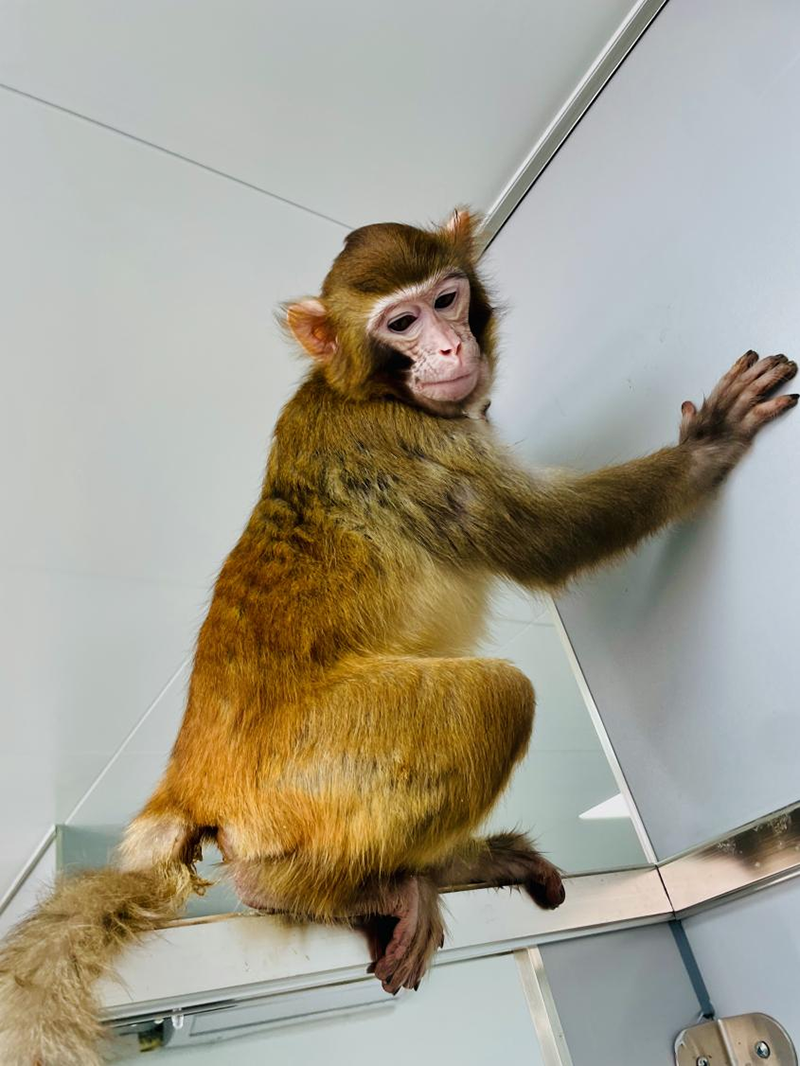Time:2024-01-17
The first successful cloning of a healthy rhesus monkey — which has survived for more than three years, after proving the cloned embryo with a healthy placenta — is reported in a Nature Communications paper. The findings advance our understanding of the mechanisms of primate reproductive cloning and may help improve its efficiency, the authors suggest.
Somatic cells in the body, such as skin cells, contain the genetic information on how an organism is built, but cannot give rise to new organisms. Somatic cell nuclear transfer technology has previously resulted in the successful cloning of various mammalian species, including ’Dolly the sheep’ and cynomolgus monkeys. However, the efficiency of cloning most mammalian species remains extremely low with high fetal and neonatal death rates, especially for primates. For the rhesus monkey, previously, one study has reported a successful somatic cell clone, but the monkey did not survive after birth.
Qiang Sun and colleagues performed a comparative analysis between epigenetic datasets of monkey blastocysts derived from in vitro fertilization (IVF), and those cloned by somatic cell nuclear transfer. They identified abnormalities in the way the genetic information can be accessed and read by the developing cloned embryo and its placenta, and in the size and shape of the placentas of cloned monkeys that were developing in the surrogate mothers. To address the major issues identified, the authors developed a method to provide the developing clone embryo with a healthy placenta. Using this approach, the scientists successfully obtained a healthy male rhesus monkey clone, which has now survived for more than two years.
Despite only one healthy rhesus monkey clone being reported so far using this method, the findings may prove to be a promising strategy for cloning primates in the future.

Figure1. “Retro”
 附件下载:
附件下载: